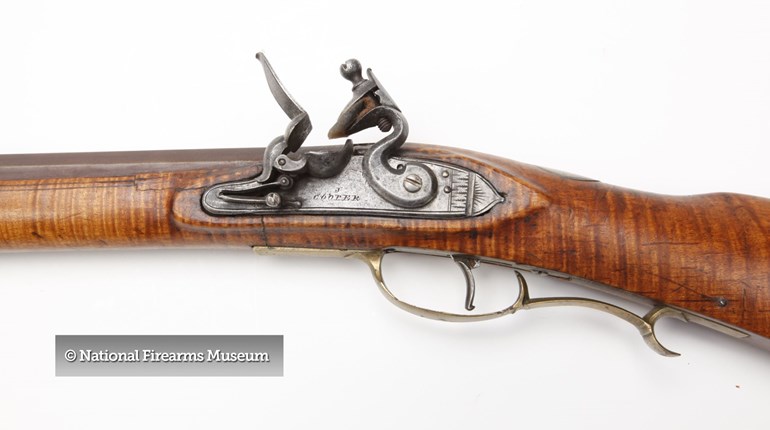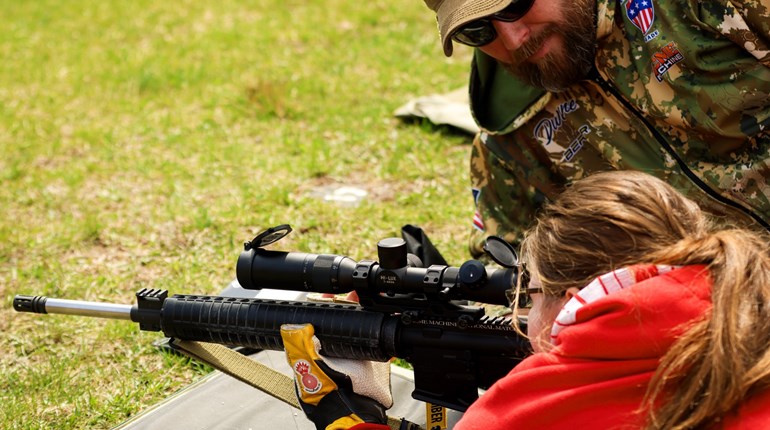
“If Christmas came on the Fourth of July and it also happened to be your birthday, you might have some idea of what a first pheasant is like…” Robert Ruark, The Old Man and the Boy
My earliest recollection of ring-necked pheasants was hunting them with my father in the late 1950s. He was hunting, I should clarify; I was just along for the extended hikes through seemingly endless weedy fields. I was a young kid then, not yet old enough to safely carry a shotgun. But that didn’t matter, I was just happy to finally be deemed competent to tag along and be doing “grown-up stuff.” I was the closest thing to a bird dog that my father owned, and as such I tried hard to make myself useful in the field. I’ll admit I didn’t have much of a nose, but I could retrieve.
A decade later: I’m now in my late teens, carrying my own shotgun, and Dad is struggling to keep up with me in the field. And come Saturday mornings during the pheasant hunting season, there was nothing he and I enjoyed more than finding a pheasant track in a couple inches of fresh snow and diligently following it until the bird flushed.
No matter when it happened, the flush always caught me by surprise and always caused an adrenalin dump—which it still does yet today. There is just something about the sudden, unexpected, cackling rise of a rooster that shakes anyone’s confidence, often resulting in a clean miss at close range.
Those were wild ringnecks we hunted in those days, not the pen-raised birds released on many public hunting areas today. They would run when they could, trying to escape us, but when the cover became sparse near the end of a field they’d hunker down and let you walk right past. How a bird that large and colorful—some say gaudy—could camouflage itself so well in so little cover was beyond me. I just knew they could do it.
Many new hunters today may not realize that the ring-necked pheasant is not native to North America. The popular gamebird was first introduced from Asia in 1760 by Richard Bache, Benjamin Franklin’s son-in-law. He released the birds on his New Jersey plantation, but the experiment ultimately failed.
More than a century later, in 1881, a second introduction attempt was made in America, this time by Judge O.N. Denny, the U.S. consul general to Shanghai, China. Denny shipped 30 ringnecks to his home in the Willamette Valley of Oregon, and this time the birds not only survived but thrived; so much so that Denny soon sent a second flock home. By the early 1890s, ringnecks had also been established in the eastern U.S., first on Rutherford Stuyvesant’s estate in New Jersey and then in Massachusetts.
Nearly simultaneously, good things were happening with ring-necked pheasants in the Midwest. For instance, in my home state of Ohio, the birds were first stocked in 1896 and just four years later (1900) a hunting season was opened. The birds continued to multiply exponentially through the first few decades of the 20th century, peaking in the 1940s at a whopping five million pheasants. In 1943, South Dakota even made the ring-necked pheasant its official state bird.
“The booming pheasant population began drawing hunters to Ohio from across the Midwest,” said Jim Abrams, a retired Ohio wildlife officer and Ohio Division of Wildlife historian. “Hotels were filling and cash was changing hands in diners, bars, hardware stores and gas stations. The economic value of the high pheasant population was palpable.”
The hunting was for cock birds only—some 750,000 were taken annually in the Buckeye State—but hens were protected by law. A few sportsmen were known to make identification mistakes between the two sexes occasionally, as Abrams recounts in the following humorous anecdote.
“Many game wardens began suspecting that more than the legal daily limit of pheasants were being taken, so officers began conducting roadblock inspections of vehicles. While cursory inspection of game bags was the norm, it was found that if an officer brought along his bird dog things could get interesting.
“For example, in one instance an officer turned his dog loose around one of the stopped cars, and the hunters began getting a little nervous. The dog went on point on one of the vehicle’s wheels, and the officers soon discovered that the hunters had hidden a dead, illegal hen pheasant behind the hubcap.”
The ring-necked pheasant adapted so well and so rapidly to North America because the bird’s basic habitat requirement is grassland, which the U.S. offered in abundance in the early 1900s. East of the Mississippi were countless hayfields and pastures, and west of the Mississippi were seemingly endless prairies. But by the mid-20th century, things were changing in American agriculture. Increasingly mechanized farming methods led to huge monoculture fields of corn, soybeans, wheat and a few other crops. As a result, grasslands shrank and so did ring-necked pheasant numbers, a classic, colossal example of boom and bust in a wildlife population.
Chances are we will never again see wild ringneck numbers even close to what they once were in the U.S. Habitat is key, and the undisturbed grasslands required for pheasant nesting and survival are few and far between these days. But various organizations are attempting to stem that downward trend through habitat restoration programs. Not only are state wildlife agencies within the North American pheasant range involved—which includes most of our northern tier states—but private conservation and hunting organizations such as Pheasants Forever are making grassland habitat restoration a high priority. If you’d like to help, you can become a member here.





































